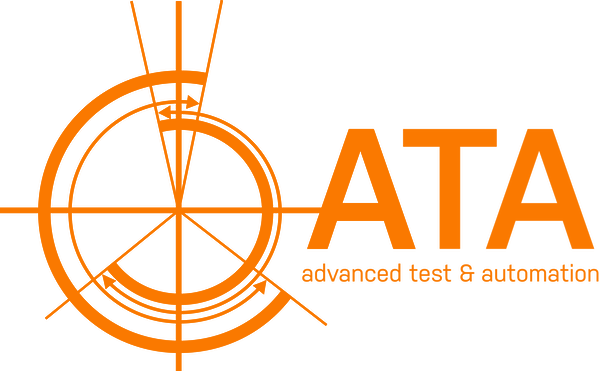Air contamination in oil is a serious condition. There are five problems associated with aerated oil that can be deadly to lubrication components, like oil pumps.
Read MoreWith proper measurements one can quantify the susceptibility of one's design or component to the negative effects of aeration.
Read MoreThere are a number of ways to introduce air into the oil to obtain a certain level of aeration. There are two predominant methods for achieving oil aeration: suction port t-fitting and direct injection.
Read MoreMany OEMs are battling to improve vehicle durability, increase efficiency and reduce noise, but are struggling to find the answers. Unfortunately, many of the recent design trend are forcing higher aeration levels, and far too many OEMs are unaware.
In the pursuit of greater efficiency, many OEMs are making design decisions that may amplify the effects of oil aeration. Air bubbles may seem benign, but they can detrimentally affect the performance and durability of engines, drivelines and hydraulic equipment.
Read MoreATA Inc. was awarded a project from an existing client to build test systems for production verification testing on six different engine oil pump models. We delivered on the client's needs for an accurate and interchangeable tool to verify pump performance and functionality using a grouping layout for the individual test cells, and by employing laser marking stations.
Read MoreATA was selected by a new client to build a turn-key Oil Pump ECT system to benchmark the performance of existing and future pump models. The client was a premier international manufacturer of powertrain automotive components.
Read MoreWhether developing a new hydraulic pump design that has to closely match predefined specifications, or verifying the functionality of a production unit, an accurate and reliable test system is needed to confirm the functional parameters of those pumps.
Read More








